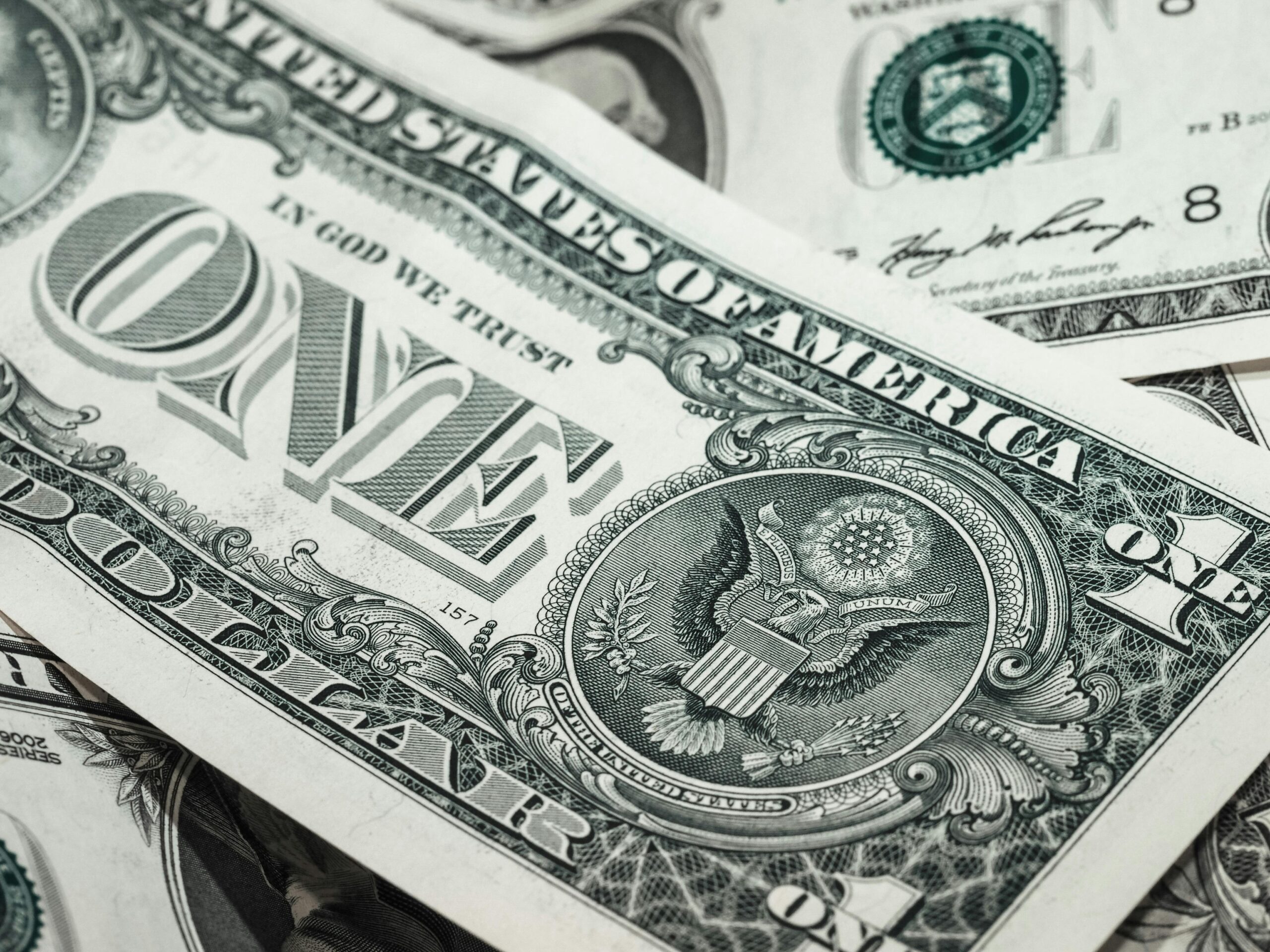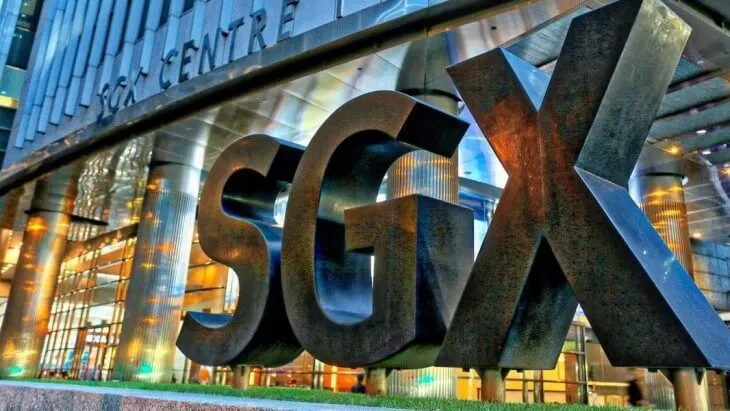Interest rates are set to fall for the first time in more than four years as annual inflation rate in the US slowed for a fourth consecutive month to 2.9% in July 2024.
What does this mean for SGOV investors?
(If you are unfamiliar with SGOV, read this.)
Lesser interest payments
The market expects the US Federal Reserve (US Central Bank) to lower interest rates to 5.0%-5.25% this September, and subsequently cutting it to 3.00%-3.25% by mid 2025.
This means the treasury bills (T-bills) that SGOV buy each month will progressively yield lower interest rates.
We can already see this happening in the recent holdings. The interest (Yield-to-maturity) for the latest November T-bills is 5.21% while the October T-bills is yielding 5.28%.
Another piece of bad news is SGOV has increased its expense ratio fees from 0.07% to 0.09%.
This fee is deducted from the interest we get from the T-bills.
T-bills interest rate – Expense ratio = Interest we get
E.g. 5.25%-0.09% = 5.16%
So you can expect the effective interest we get to start tapering off from the current 5.23% to 4.91%(estimated) by the end of 2024.
Should you still keep your cash in SGOV?
It depends on what is your next best alternative.
As mentioned before, T-bills are considered the safest kind of investment assets.
Banks or brokerages that offer interest on your idle cash will typically offer interest rates lower than what you can get directly from T-bills. Sometimes, they might offer higher promotional rates for like 3-6 months but they will revert to the lower ‘normal’ rates thereafter.
Any other funds like money market funds or other interest yielding investments that offer a higher interest rate than T-bills, typically has higher risk. That said, some risks are manageable. What is important is that you understand the kind of risks you are exposed to when you choose that investment.
For instance, 10 year treasury bonds might offer a higher interest but the risk would be interest rates going up again in the next 10 years. But if you think this is a risk you are willing to bear after doing your homework, then this might be a good alternative.
Another way to start buying T-bills by yourself to save on the 0.09% expense ratio. Or consider some other T-bill ETFs.
For me, I am still leaving my idle cash in there while keeping a lookout for other opportunities. Even at lower rates, it is still pretty good return for a risk-free investment and better than putting in the bank for me.
Note: All interest rates refer to annualized rates.
Special thanks to the reader who asked me the question!
Read more:
- You Don’t Have To Be A Math Genius To Invest. You’re Already Doing It.
- How (Not) to Lose All Your Savings
- Why Choose Interactive Brokers & How to Get Free Shares worth up to USD $1000
Disclaimer:
Investing decisions are personal. Depending on your personal circumstances and preference, what works for others might not work for you. Be responsible for your own investments. Always invest according to your own needs and preference.




